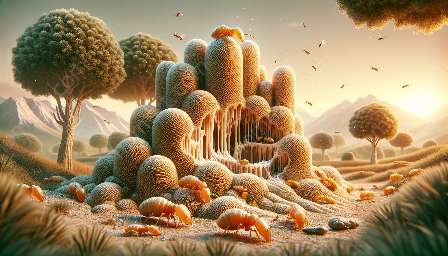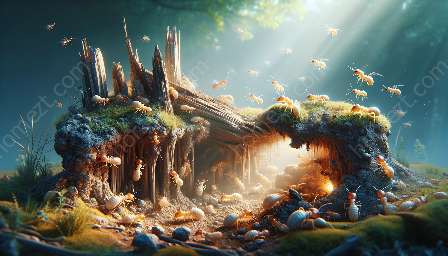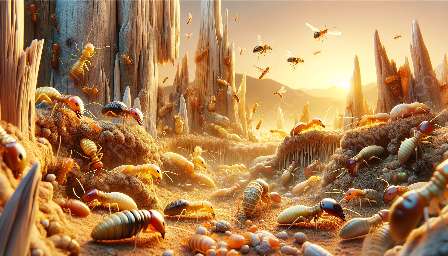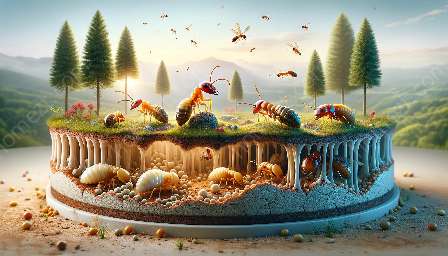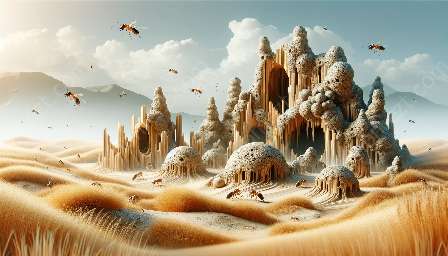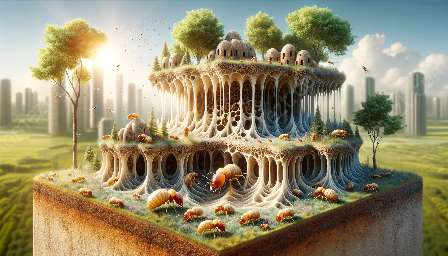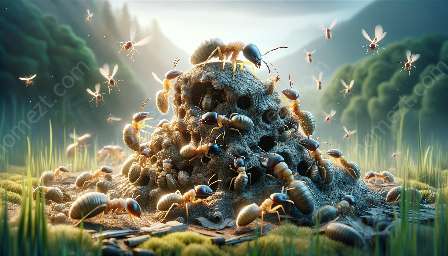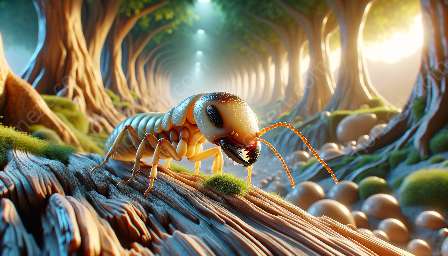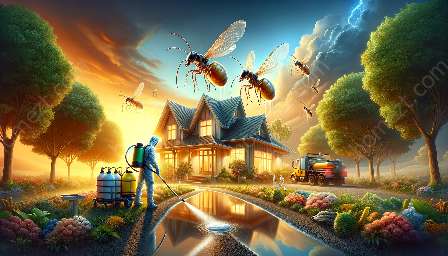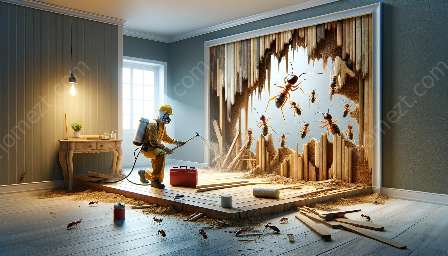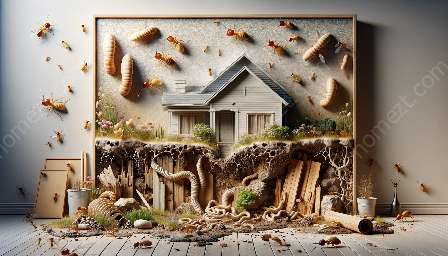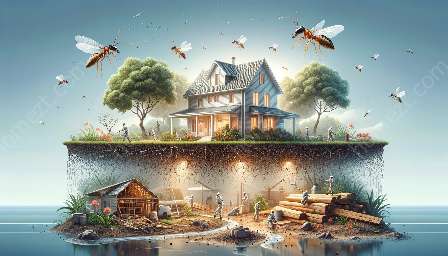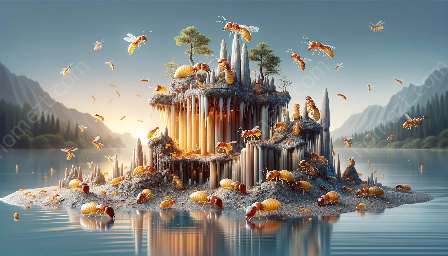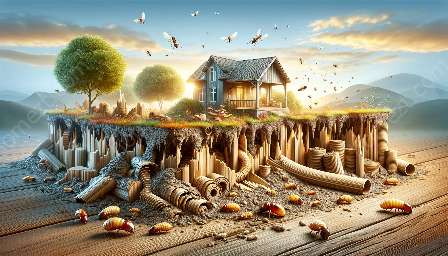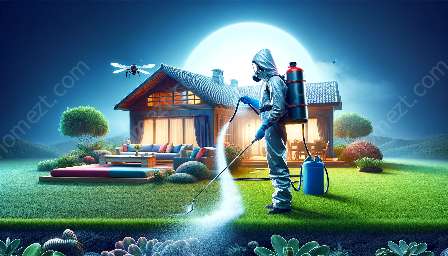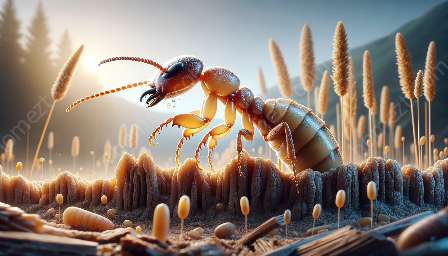Termites, often referred to as 'white ants,' are social insects that live in colonies. Within these colonies, termites form specialized groups known as castes. The distinct roles of termite castes contribute to the success and survival of the colony, making them a fascinating subject of study in the fields of entomology and pest control.
The Termite Caste System
Termites are organized into different castes, each with specific duties and responsibilities. The primary castes include the king, queen, workers, soldiers, and alates (winged reproductives). Each caste plays a vital role in the functioning of the termite colony, showcasing a complex and intricate social structure.
Understanding the Termite Castes
The King and Queen: The royal pair of the termite colony, the king and queen are responsible for reproduction. The queen lays eggs, while the king fertilizes them, ensuring the continuity of the colony.
Workers: The most numerous caste in the colony, workers are responsible for various tasks, including foraging for food, constructing and repairing the nest, and caring for the young termites. Their tireless efforts sustain the colony's infrastructure and support its growth.
Soldiers: With powerful mandibles and a defensive mindset, soldiers protect the colony from threats, primarily predators and other intruding insects. Their distinct physical features and combat skills make them formidable guardians of the termite nest.
Alates (Winged Reproductives): Alates are future kings and queens, and they have the sole purpose of leaving the colony to establish new ones. Once a year, during a termite swarm, alates emerge from the nest and embark on a nuptial flight. Successful alates shed their wings after landing, pair up, and begin the process of founding a new colony, perpetuating the species.
Significance of Termite Castes
The existence of specialized castes within termite colonies contributes to their remarkable success as ecological engineers. While termites are notorious for their destructive impact on wooden structures, they also play a crucial role in natural ecosystems.
Termites aid in nutrient recycling and decomposition of dead plant material, promoting soil fertility in various ecosystems. Their tunneling activities aerate the soil, facilitating water infiltration and root growth, further benefiting plant life. Understanding the roles of different castes helps in appreciating the ecological importance of termites beyond their reputation as pests.
Termite Castes and Pest Control
When it comes to pest control, understanding termite castes is vital for effective management strategies. By recognizing the behaviors and preferences of different castes, pest control professionals can tailor treatment plans to target specific vulnerabilities within the colony structure.
For example, targeted treatments can focus on eliminating the reproductive members (the queen and alates) to disrupt colony reproduction, ultimately leading to its collapse. Additionally, identifying and disrupting the activities of workers and soldiers can weaken the colony's ability to sustain itself, facilitating successful eradication.
Advanced pest control methods, such as baiting systems and termiticides, leverage the knowledge of termite castes to effectively mitigate termite infestations while minimizing environmental impact. A comprehensive understanding of termite castes enhances the precision and efficiency of pest control measures, promoting sustainable solutions for termite management.
In Conclusion
Termite castes exemplify the intricacies of social organization within these remarkable insects. Understanding the roles and significance of termite castes not only enriches our knowledge of entomology but also informs integrated pest management approaches. Balancing the ecological contributions of termites with the need for pest control underscores the importance of appreciating the multifaceted nature of termite colonies.
By unraveling the complexities of termite castes, we can develop more effective and sustainable strategies for coexisting with these fascinating creatures while safeguarding our built environments. Embracing this holistic perspective allows us to navigate the world of termites with a deeper understanding of their ecological roles and the means to manage their populations responsibly.

